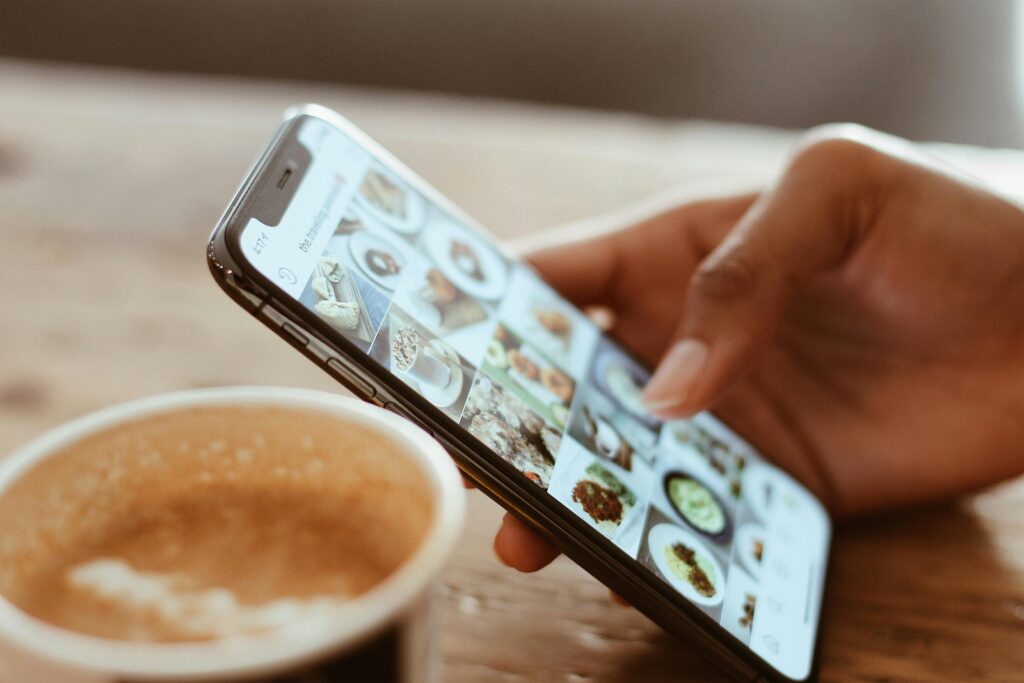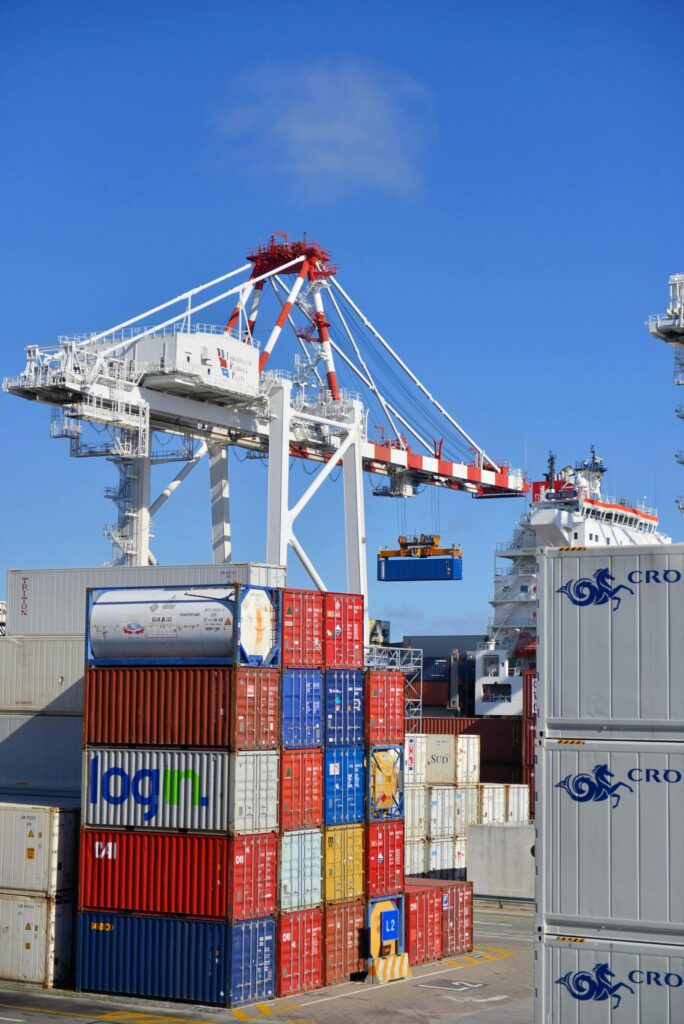The restaurant industry has always been competitive. There’s forever plenty of demand from continuously hungry humans, but how we dine is constantly changing. The growth of fast casual dining over the last decade has created an interesting market segment. While business has been good, competition is becoming incredibly fierce as the market matures and growth plateaus. Successful chains are beginning to shutter and proprietors are in a fight for survival.
Connecting with customers, building loyalty and delivering a great experience has consistently been a differentiator in the restaurant business, but the growth of digital technologies is making this type of focus critical for survival. To compete in 2023 and beyond, proprietors must embrace new strategies, partners, process and technologies.
Step 1: Completely Commit to Digital Ordering

The food delivery component of the fast casual experience is an important growth driver and competitive differentiator as millennials look for delivery options beyond just pizza and Chinese food. New digital channels are providing the infrastructure to support this growing service. According to NPD group, restaurant digital orders grew +124% this past year. Case in point, Panera reported 49 percent of sales were digital in Q1 2022.
Increased activity in the delivery business is also driving revenue growth. Technavio estimated that on-demand food delivery services market will grow by 24.64% between 2022 and 2027. Additionally, the size of the market is predicted to increase to $266.05 billion by 2027.
Third-party delivery services are making it easy for restaurants to provide delivery. In some cases, startups like Grubhub and Uber Eats are offering delivery without even partnering with the restaurant. Backed by venture capital money, these startups are helping to fuel growth and change customers’ behavior, disrupting the industry. Restaurants cannot ignore this eventuality.
Step 2: Decide on a Strategy for How Customers Will Get Their Online Orders

Third-party delivery services offer turnkey solutions to capture delivery business. This is a low-cost, fast option for delivery. However, with this approach restaurants not only lose control of the experience, but also the opportunity to optimize internal processes for efficient digital order fulfillment. Despite the benefits of a low-cost, prebuilt infrastructure, restaurants may still ultimately forfeit profits.
Research from Morgan Stanley suggests that food delivery is cannibalizing restaurant visits. In 2017, 43 percent of customers ordering food said an order replaced a visit to the restaurant, up from 38 percent in 2016. Third parties will come between a restaurant and its customers, presenting a huge risk to profitability.
Success in digital and delivery requires control of the experience to ensure quality service and profitability. Restaurants also need to think outside the box and look to the future to maintain their position in the market. As the industry moves to digital ordering and delivery, a restaurant’s location becomes less of a differentiator. When eating in is the new eating out, the customer’s location is more important than the establishment’s location. Digital enables restaurateurs to innovate and reach new channels that were not possible previously. Rethinking the drive-through is a good example. With digital ordering and curbside delivery, restaurants in cities or congested neighborhoods that do not have physical space for a drive through can provide the same benefit with curbside delivery. Customers can pull up to the curb, and an associate can bring the order to the car. Customers don’t need to get out of their vehicle.
Inspiration from the Pizza Industry
While the fast-casual industry is navigating the digital landscape, leaders in the pizza delivery business have been at it for a decade. Papa Johns committed to reducing friction in the delivery process and enabled customers to order pies from a variety of different digital channels. The company also implemented “to the door tracking” (TTDT) service that lets customers follow every step of the process of making and delivering their pizza in real time – a “track my package” style app for pizza. Papa Johns has been rewarded for its efforts and enjoys some of the best same store sales statistics in the industry. Today, 60 percent of their orders come through digital channels, primarily the mobile app. Whether it’s for smoother deliveries or to enable curbside pickup or “drive up and go” scenarios, last mile visibility of restaurant delivery personnel and customers alike will be a vital factor for success.
Step 3: Account for Modern Consumer Demands for Flexibility and Efficiency

A new strategy means restaurants must prepare for a multi-dimensional customer experience. Greater visibility of delivery personnel and customers and their relative location can enable restaurants to better manage the processes that rely on information about the physical distance between their customers and their food. Managing this divide will enable restaurateurs to provide a differentiated and dynamic experience.
A real-time location tracker and accurate ETA (estimated time of arrival) for deliveries not only reduces customer anxiety, but it enables greater flexibility to deliver food where customers are and when they want. As in, all restaurants need is a geo-coded location for a customer, and they can deliver an order – whether that’s at their home or at the park where they’re having a picnic – and still enable a live tracking experience. Curbside pickup as well as order online and carry out services can also be smoother if the customer’s proximity to the restaurant is better understood. Having a customer share their location safely and temporarily gives restaurant staff visibility that ensures an order is ready at the exact moment they arrive, and that food is fresh.
Step 4: Keep Looking for New Ways to Reduce Risk and Friction

As the industry changes and provides more flexible delivery options like those described above, the winners will be those that continually refine these “new” customer delivery journeys and keep finding new ways to reduce friction in the order and fulfillment process. Look no further than Papa John’s, the leader in food delivery, as examples of companies that keep driving toward the future. Fast casual restaurants must keep pushing to build experiences that are as easy and anxiety-free as possible.
Ensuring a quality end-to-end experience anywhere, anytime will be key to surviving and thriving in the dash to digital dining.
Glympse for Food Delivery and Curbside Pickup
Glympse’s powerful platform offers location sharing as a service, including APIs and SDKs that enable app developers to integrate location sharing into their mobile ordering. Location data can also be integrated into restaurant operations software. Most importantly, features control and limit the length of time a location is shared, maintaining the user’s privacy. Glympse also provides a custom-branded web-based map, route-view and ETA that consumers can access through any web browser. Notifications via SMS and email drive users to the web experience, so they know exactly when to check back for the latest update on the status of their order.

Get in touch with us today to learn how location data can save you money and provide your customers with an unforgettable food experience.


